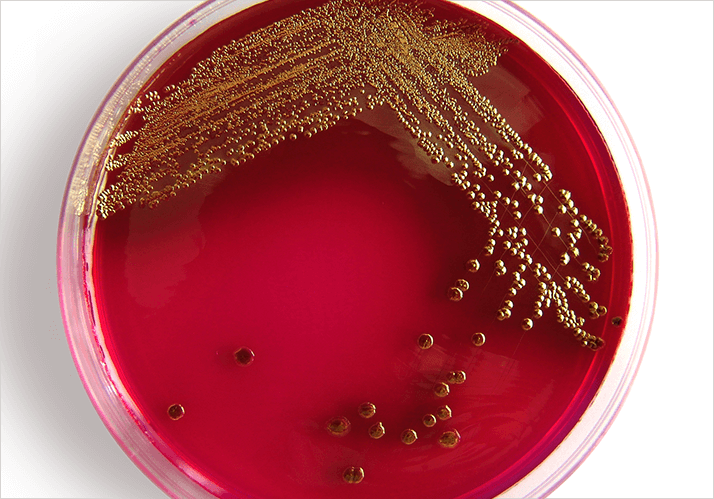The detection of microbes using matrix-assisted laser desorption ionization–time of flight mass spectrometry (MALDI-TOF MS) isn’t new; Bruker’s MALDI Biotyper has been on the market for some time. However, the Biotyper product page states that it is “For research use only. Not for use in diagnostic procedures!”

So the announcement from Biomérieux that they have US Food and Drug Administration (FDA) 510(k) de novo clearance for clinical use of the technology is big news. It could signal a mass adoption of MALDI-TOF MS, which can dramatically simplify and increase the speed of microorganism identification.
The Vitek MS connects Biomérieux’s identification and antibiotic susceptibility testing platform (Vitek 2) to a MALDI-TOF MS, automatically combining the two sets of results to bring identification time down from hours to minutes. To gain FDA clearance, 7,068 clinical isolates from several categories, including anaerobic bacteria, fastidious Gram-negative bacteria, and yeast, were analyzed and identified with 93.6 percent overall accuracy when compared with 16S Ribosomal RNA gene sequencing – the current gold standard. Researchers from the Washington University School of Medicine also rigorously tested the new system with a ten-year collection of clinical samples that were difficult to identify using traditional methods. According to Carey-Ann Burnham, Assistant Professor of Pathology and Immunology and Medical Director of Microbiology at Barnes Jewish Hospital, nearly all of the isolates were identified with high accuracy in a matter of moments.
No small wonder that the Cleveland Clinic, USA, has named the technique one of the Top Ten Breakthrough Medical Technologies of 2013. Which brings us nicely to The Analytical Scientist 2013 Innovation Awards…
To be published in our final issue of 2013, The Innovation Awards will celebrate the Top Ten innovations of the year. Nominations are now open – email the editor: rich.whitworth@texerepublishing.com. Please ensure you are signed up online for updates and more information: Sign up




